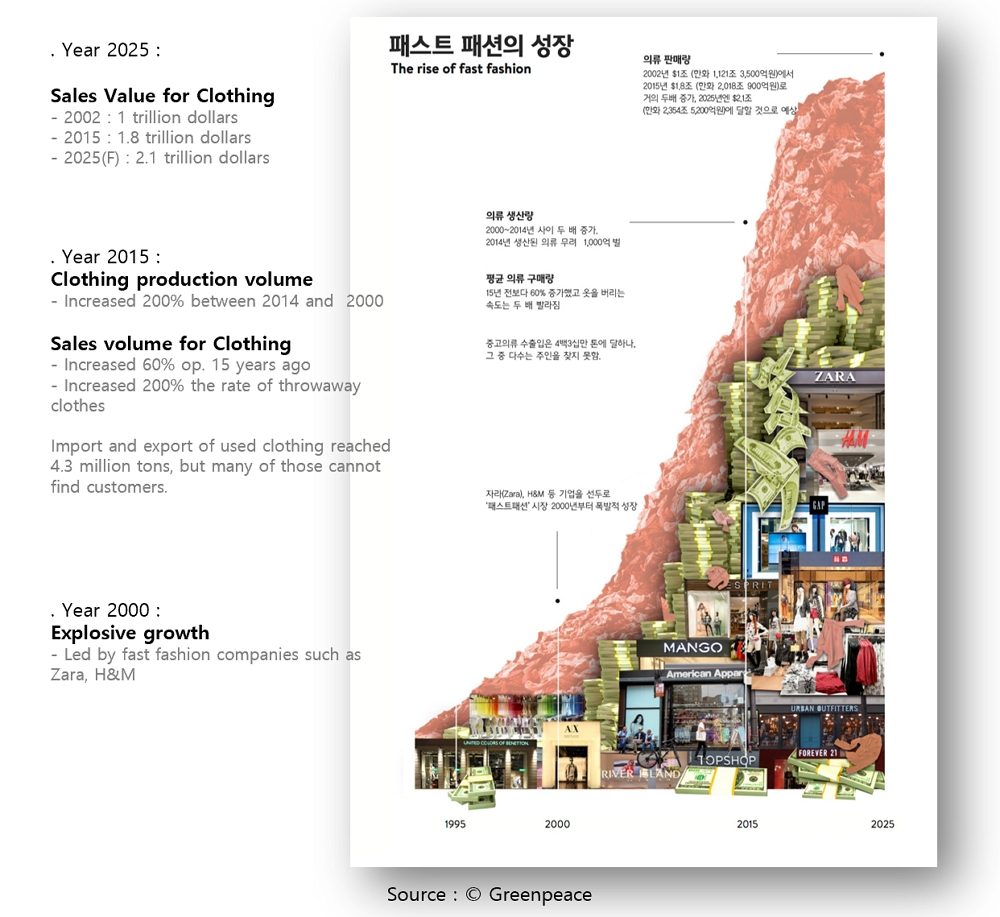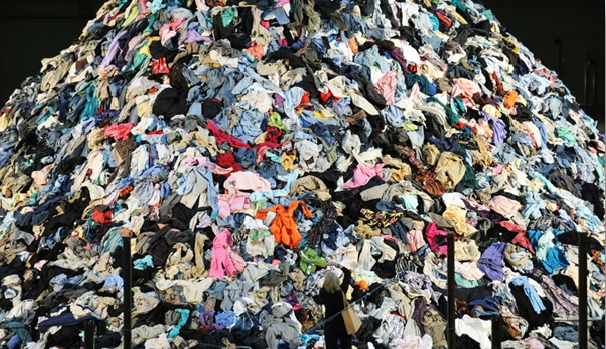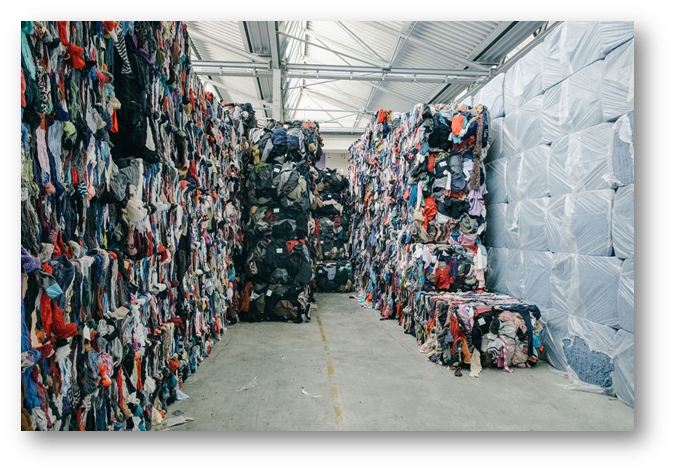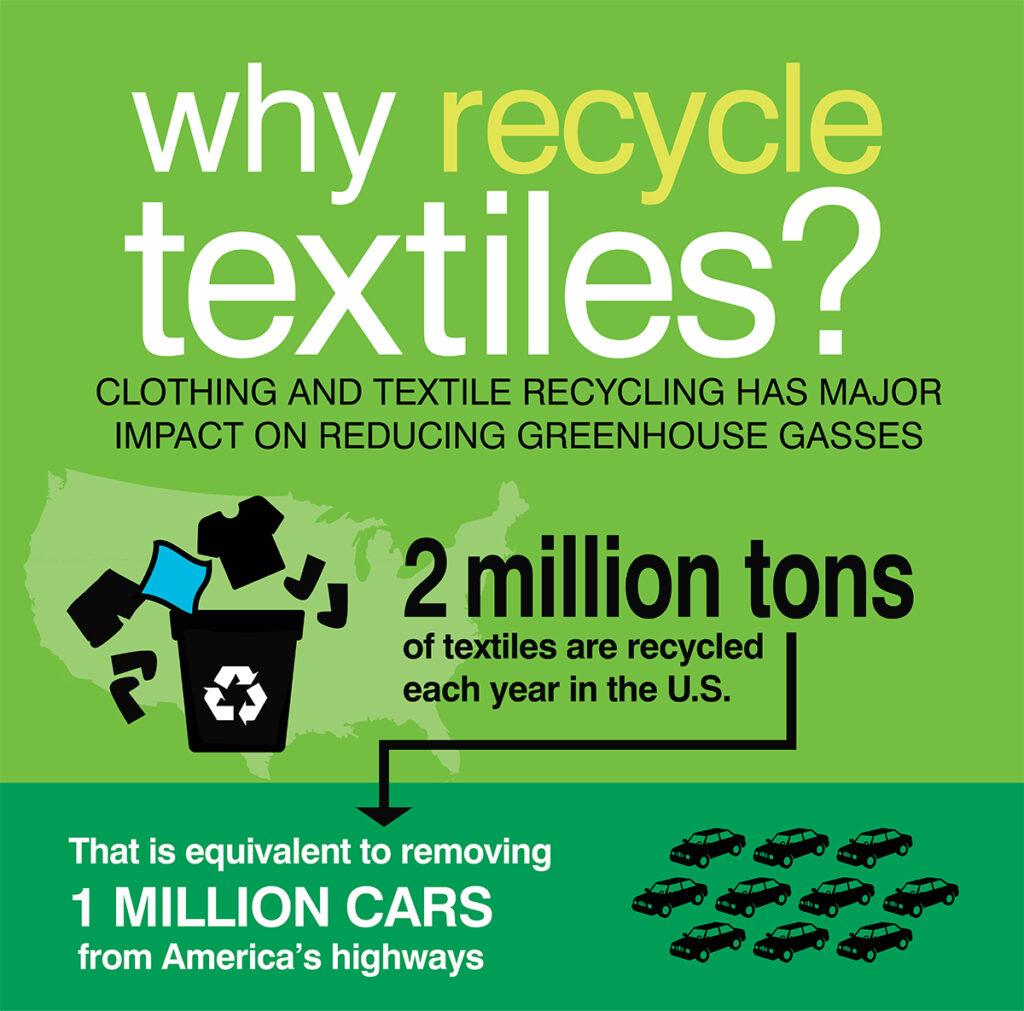• The fashion industry has been continues evolving, and sustainability is at its center.
• With the development of the fashion industry, serious environmental problems and social costs cause of clothing waste are increasing, and sustainability is being reexamined not only as a company’s future existence, but also as a company’s core value.
• Making shoes and clothes using yarn from plastic picked up from the Pacific Ocean and using recycled fabrics would be a great first step for the sustainable fashion industry.
• However, with the pile of clothing waste accumulating to the size of the rapidly expanding fashion industry, we must quickly proceed with activities that require solutions and a change in thinking that go beyond the first step toward sustainability.
• This material is an activity to promote the “#ActNow Fashion Challenge” campaign being conducted by the United Nations, and aims to share practical cases of sustainable fashion management and suggest sustainability solutions that we need to find through this.
- Background
§The apparel industry consumes more energy than the aviation and shipping industry combined, accounting for 10 percent of the global carbon emissions.

§The market volume of fast fashion brands has been increasing dramatically since the year 2000.

. Approximately 30% of total clothing production is discarded.
According to the Australian Circular Textile Association (ACTA), approximately 30% of all clothing made globally does not sold, and the cost of discarding this inventory is estimated at around $210 billion.

French artist Christain Boltanski’s ‘No Man’s Land’, was made of 30 tons of discarded clothing. Britain alone is expected to send 235m items of clothing to landfill this spring. Photograph: Stan Honda/AFP/Getty Images.
§ Fast fashion brands back in-store recycling to tackle throwaway culture

Storage of raw materials to be shredded at the SOEX plant, Wolfen, Germany. 11.000 tons shredded per year, shredded fiber will be remixed according to clients needs, e. g. usage in car industry among others.Photographer: Felix Brüggemann for Bloomberg Businessweek
